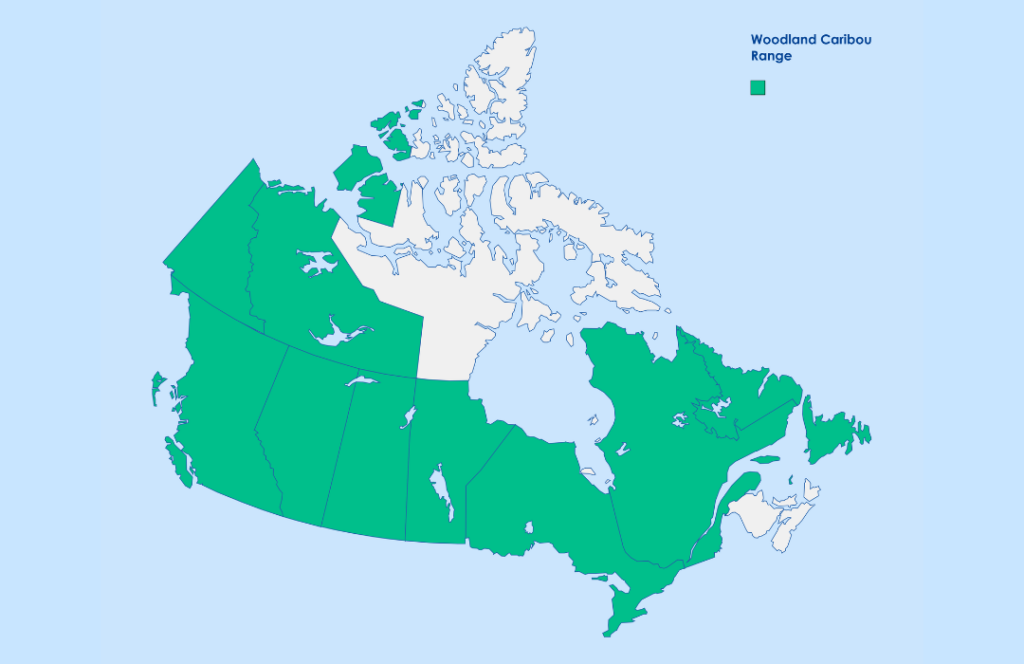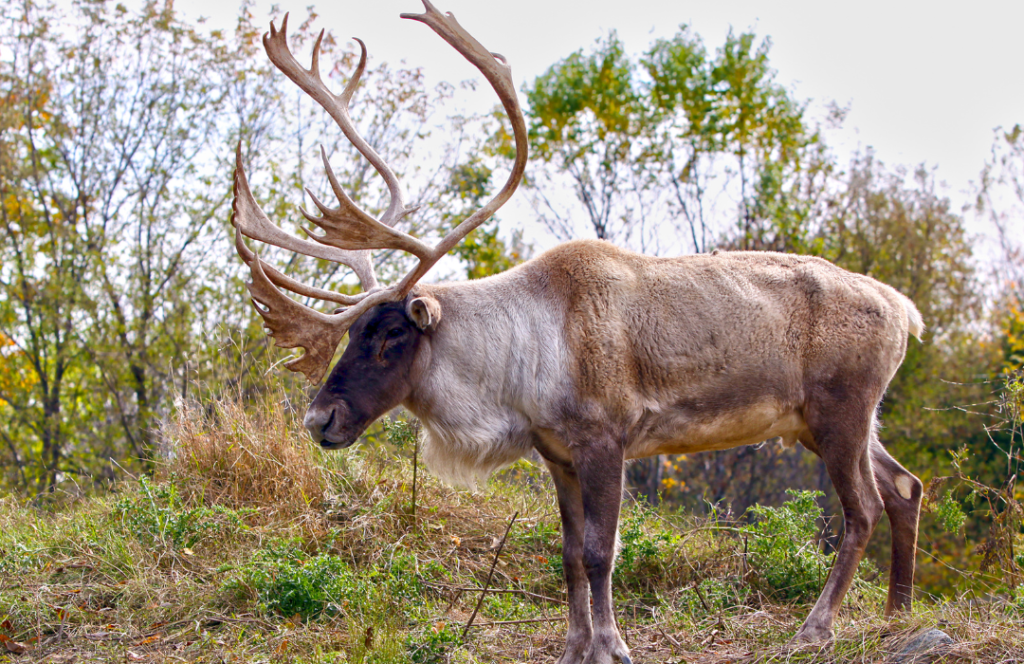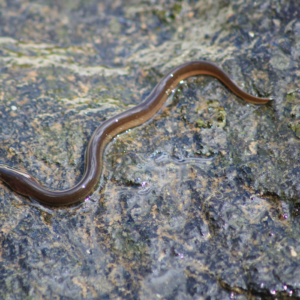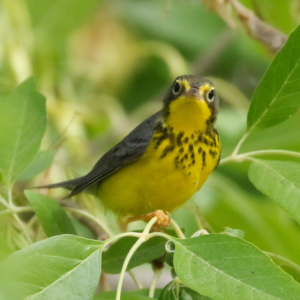Woodland Caribou
Caribou are almost always on the move, and they are known for being very efficient walkers. Save endangered species today by joining one of our campaigns!
Help End the ExtinctionVital Signs
- Common name: Woodland Caribou
- Latin name: Rangifer tarandus (Boreal population, Atlantic-Gaspésie population), Rangifer tarandus caribou (Northern Mountain population, Southern Mountain population)
- Conservation Status: Threatened (Boreal Population, Southern Mountain Population), Endangered (Atlantic-Gaspésie population), Special Concern (Northern Mountain population)
- Range: Yukon, Northwest Territories, British Columbia, Alberta, Saskatchewan, Manitoba, Ontario, Quebec, Newfoundland and Labrador
- Life span: Average 15 years
- Size: 1-1.2 metres in height at the shoulder. Weigh 100-250 kg, average for males is 180 kg and for females it’s 135 kg

Woodland Caribou Facts
- Males can grow a rack of antlers longer than one metre in about 6 months
- Caribou are the only species in the deer family (Cervidae) where both males and females grow antlers. However, females may only have one antler, or even none!
- Use their hooves to dig for food under the snow
- Their preferred food is lichens, which grow on the ground and on trees
Threats
Woodland Caribou are at risk due to things like human disturbance, construction of roads and pipelines, hunting, and habitat destruction. Forestry, agricultural spread, and mining have degraded and fragmented the caribou’s habitat as well.
The Atlantic-Gaspésie population is isolated, so it faces a few different threats. These include a lack of food availability during extreme cold and ice and depression due to inbreeding.
What’s Being Done
The Woodland Caribou is federally protected under the Species At Risk Act and under the Canada National Parks Act (where it is found in Canadian National Parks). It’s also provincially protected in Ontario, Newfoundland and Labrador, the Northwest Territories, and Alberta.

Canada has committed to the goal of protecting 30% of lands, ocean, and freshwater in Canada by 2030. This goal will help protect ecosystems, restore habitats, and fight climate change. All these things are a step in protecting Canada’s at-risk animals—so let’s hold the federal government to their promise.
How to Help
- Learn: Stay informed about endangered species by signing up for Nature Canada’s monthly e-newsletter.
- Take Part: Join our Sakitawak IPCA campaign!
- Find out more: Help us end the extinction by taking action for nature today—visit conservation websites like Nature Canada or join one of our campaigns!
Resources
- COSEWIC – Assessment and Status Report
- Newfoundland and Labrador Canada – Woodland Caribou
- SARA – Species Profile (Boreal Population)
- Species at Risk Public Registry – Caribou (Atlantic-Gaspésie population)
- Species at Risk Public Registry – Caribou (Central Mountain population)
- Species at Risk Public Registry – Caribou (Northern Mountain population)
- Species at Risk Public Registry – Caribou (Southern Mountain population)
Originally drafted by Deborah Carr, a freelance journalist and avid outdoorswoman who lives on the shores of the Bay of Fundy. Updated by Simona Casale in 2022.



